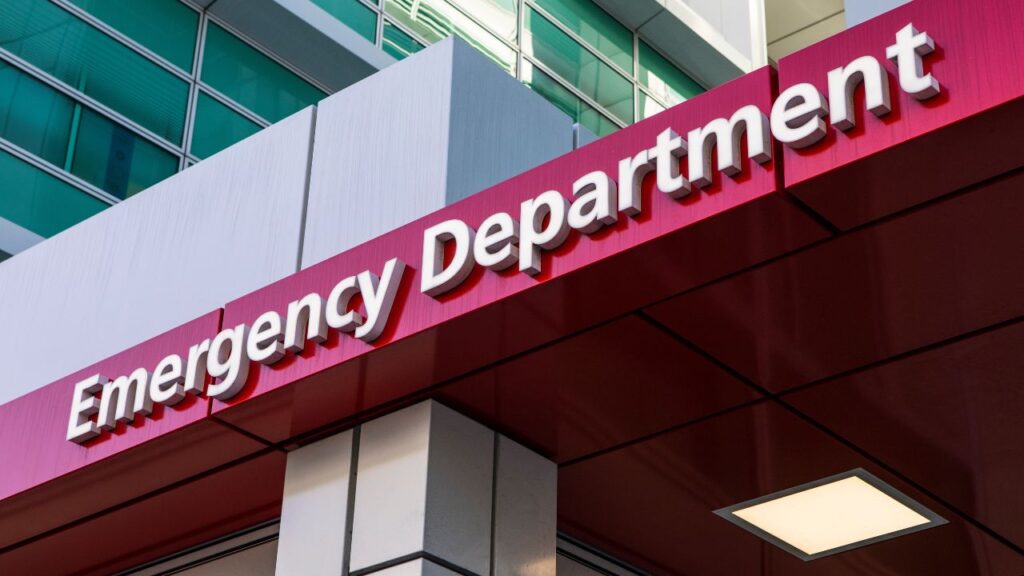The emergency department (ED) plays a crucial role in providing immediate medical care to patients with a variety of health issues. However, overcrowding in the ED can lead to delays in treatment, impacting both patient care and the healthcare system as a whole. Many hospital admissions pass through the ED, highlighting the importance of efficient operations in this department. Studies have shown that delays in the ED not only affect patient care but also have negative financial implications for the healthcare system.
Factors contributing to ED delays include the growing demand for emergency services, long wait times for primary care appointments, and inefficiencies within the healthcare system. These issues can result in increased healthcare costs and longer hospital stays for patients. Additionally, overcrowding in the ED can lead to ambulance diversions, further complicating the situation and delaying access to emergency care.
The Impact of AI and Radiology in the ED
Delays in radiology imaging results can significantly contribute to ED overcrowding and affect patient outcomes. Timely access to radiology reports is essential for efficient patient care in the ED. Collaborative efforts between ED physicians, radiologists, and hospital administrators, along with technology-driven solutions, can help reduce delays in radiologic imaging results and improve overall ED workflow. By prioritizing quick access to diagnostic information, healthcare institutions can enhance patient care delivery and alleviate the challenges of ED overcrowding.
Building trust between radiologists and ED physicians is crucial in expediting the process of obtaining and interpreting radiology results. Implementing digital workflow automation tools can help prioritize urgent cases and streamline communication between healthcare professionals involved in patient care. This approach enables faster clinical decision-making and improves the overall quality of patient care in the ED.
Addressing the issue of ED overcrowding requires targeted interventions that focus on improving patient care, resource utilization, and financial sustainability. By implementing strategies to tackle the root causes of delays and overcrowding in the ED, healthcare organizations can enhance the efficiency of emergency care and ultimately benefit both patients and the healthcare system.


